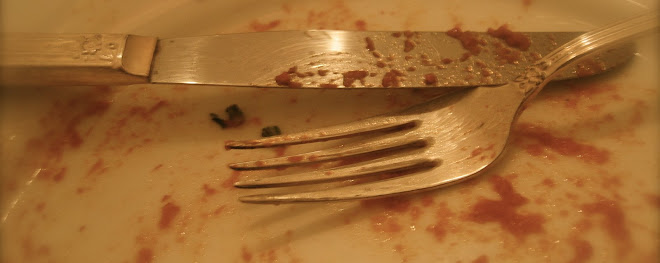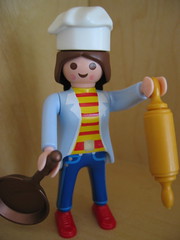 As I was approaching the stop sign at the top of Warburton I saw the sign: “Apple Pie Contest” in bright inkjet red. There are very few things that I’m competitive about; I’m basically just in to play the game. But that’s not true when it comes to the on-flight trivia games, and it’s not true when it comes to cooking. That little sign was like the school yard kid egging on the fight. I was in, and I was in to win.
As I was approaching the stop sign at the top of Warburton I saw the sign: “Apple Pie Contest” in bright inkjet red. There are very few things that I’m competitive about; I’m basically just in to play the game. But that’s not true when it comes to the on-flight trivia games, and it’s not true when it comes to cooking. That little sign was like the school yard kid egging on the fight. I was in, and I was in to win.I checked out the Hastings Farmer’s Market website for the rules: It had to be from scratch (including the crust), you had to list the ingredients on an index card, and you had to get it to the market by 10:00.
I decided that the best apple pie I know is the one Sour-Cream Apple Walnut pie from the Little Pie Company in New York. I was frustrated when they published their first cookbook and the recipe wasn’t in there, but I began to suspect copyright issues when I saw a recipe for Sour-Cream Apple Pie in my old dog-eared Silver Palate Cookbook.
Ahh, let us take a moment and pay homage to those fine ladies who issued that first volume; the one that introduced me to basil and cilantro. The cookbook that taught me chicken liver paté, aioli, and calamari back when I first started cooking on my own. Okay...that’s enough.
I followed the SP pie crust recipe, using ice water instead of apple cider and using my Cuisinart as Julia Child taught me in From Julia Child's Kitchen. That was a breeze and in the fridge to chill while I had afterschool snack with My Girl and then took her to a playdate.
The apples were another matter. I had some big organic Granny Smiths from Fairway, and they were crisp, tart, and a bear to peel. Then, to make the pie like the Little Pie, I sliced the apples ever so thin, about a quarter inch. That was a real time gobbler.
Then you make a sauce of sour cream (I went for the full fat because, heck, I wasn’t going to be eating it!), an egg, sugar, and vanilla. Wouldn’t you know it, I was out of vanilla. But I did find a vanilla bean tucked into a jar, so I soaked that in some boiling water and scraped out the innards. I think it worked.
After the apples bathed in the fat and sugar goop., I carefully placed each little apple slice around pie crust. Each little tiny apple slice found it’s own little place and it was about this time that I began to think that this procedure was taking a heck of a lot of time. But I convinced myself that it was this kind of painstaking attention to detail that will make the difference to the judges.
Next came the topping: white sugar, brown sugar, cinnamon, and walnuts (organic, and yes, they were chopped by hand).
And then came the lattice, which gave the whole pie a rather finished and professional look.
And then came the three little leaves, cut out of remaining pie dough, etched with a sharp knife to look like leaf veins, and placed in a falling leaf pattern around the center of the pie.
It baked and baked and baked, and when it was finally done, well we couldn’t do anything about it but let it cool and admire it. It wasn’t for us; it was for the glory of the contest. It was for the triumph of knowing I had done my best. It was for the win.
I got up early and carefully carried the pie to the market. I thought the two women who were running the contest were going to hug me; they were so happy to have a pie for their contest. I was feeling kind of confident, gave them my phone number so they could call when I won, and headed home to the regular Saturday errands and outings.
The sad, sad truth is that the call never came.
My pie was not the best.
I have convinced myself that it probably was the most stunning, but maybe people weren’t brave enough to go out for the sour cream thing.
I think My Girl said it best: "You went to all the trouble of making that beautiful pie, and you don’t win, and we don’t even get to eat it."
You said it, girl.












